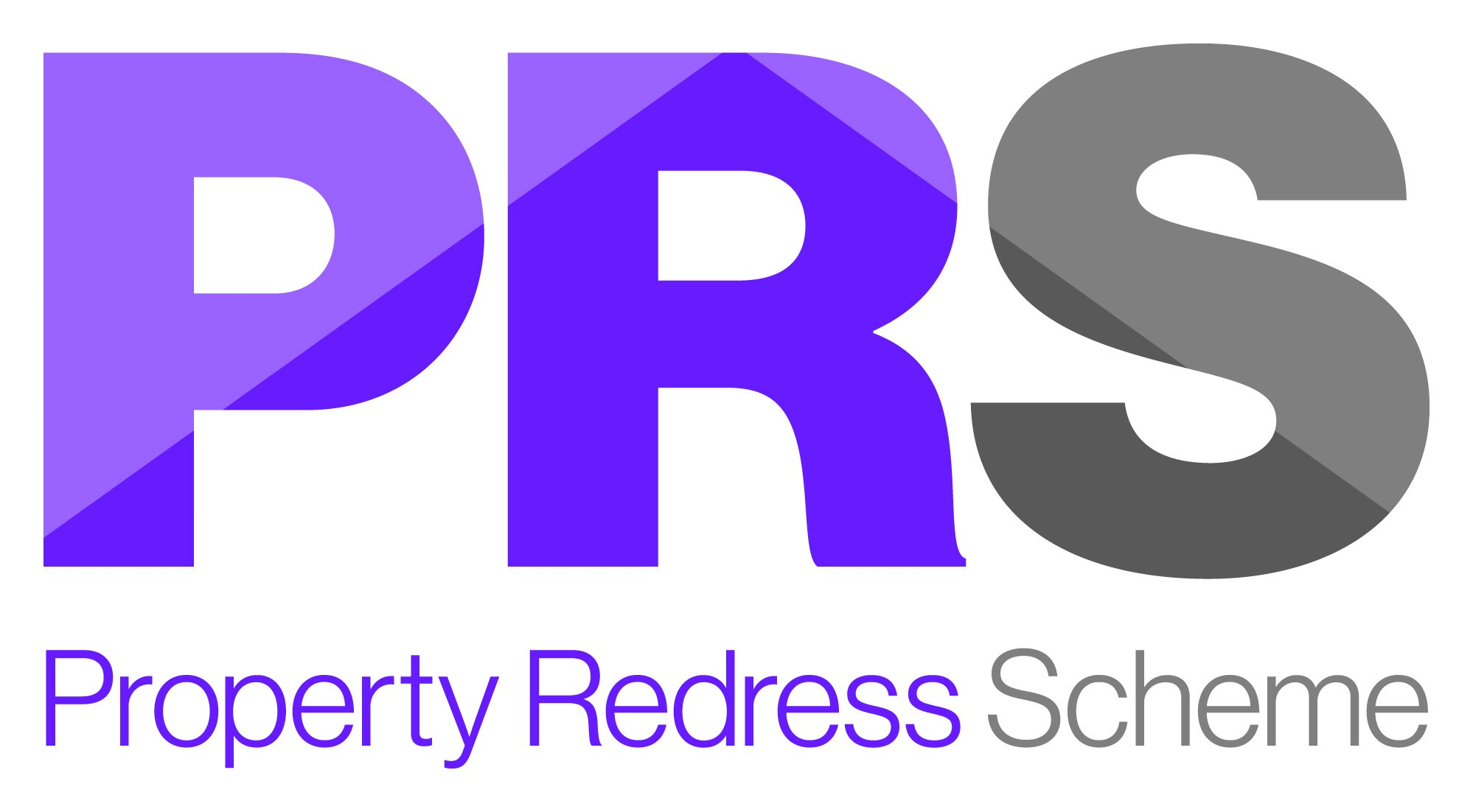The London Elizabeth Line, which took 12 years and cost 164 billion, will be opened next year! With Crossrail 2 blessing, which regions may become investment hotspots?
I don’t know if you have heard of it, London’s Crossrail (Elizabeth Line) is about to open in 2022. Crossrail 2 is also planned to be submitted to the parliament in 2021/2022, after which construction will proceed. Where has the railway progressed so far? Can this goal be achieved? Where are these railway lines connected?
Crossrail

After the start of the operation, Crossrail has named the Elizabeth line, Elizabeth line, to pay tribute to Queen Elizabeth II of the United Kingdom. It is a passenger railway under construction in London, England. The suburban areas on the east and west sides outside Greater London and Heathrow Airport are built to provide frequent commuting and rail services between the suburbs and the city centre.

Picture from: Crossrail
In addition to sharing existing tracks with other railways, the newly built parts of the Elizabeth Line include a 42-kilometre dedicated tunnel from Paddington Station through the capital’s city centre to Stratford Station, and Whitechapel Station extending east to Abbey Forest Station south of the Thames Branch line.

Picture from: Crossrail
The suburban part of Crossrail uses the existing national railway tracks and stations.
Great Western Main Line: Reading to Ayton Main Line
Heathrow Airport Rail Link
Great Eastern Mainline: Stratford to Schoenfield
Partially abolished section of the west end of the North London Line: Woolwich to Abbey Forest
The newly-built railway tunnel will connect the main subway and national railway stations in the centre of the capital such as Paddington, Farrington and Liverpool Street from the Old Oak Commons Interchange east of the Ayton Main Line Station. After reaching the Whitechapel, the tunnel branches, and the North is connected to St. Ratford, south to Canary Wharf to Woolwich.

Picture from: Crossrail
At present, some of the stations in the central area of the Elizabeth Line are transferred to the management of Transport for London (TfL Rail). These include Farringdon, Woolwich and Paddington. The delivery of the Elizabeth line is now in the final stage of complexity. A trial run is also about to be carried out.
This is a critical moment for the project before the opening of the Elizabeth Line. The railway will be opened in the first half of 2022. The trial operation plan involves comprehensive tests to test the safety and reliability of the railway. Crossrail will steadily increase the number of trains operating in the 42-kilometre tunnel built under London and on the existing railway network to bring the railway and supporting systems as close as possible to the operating schedule.

Picture from: Wikipedia
The Elizabeth Line will be fully tested for a period of time before the passenger service can be opened. This includes the final stage called trial operation, where volunteers are invited to trains and stations to test real-time service scenarios to ensure that the railway is ready.
With the opening of the central part, a full line of services from Reading and Heathrow airports in the west to Abbeywood and Shenfield in the east will be introduced. The introduction of full service will be in line with the changes in the national railway schedule.
Crossrail 2
The Elizabeth Line is already well-known old news, and it is planned to be opened to the public in 2022. So what is Crossrail 2 compared to Crossrail?

Crossrail 2 is very similar to the Elizabeth Line and is a new railway line that crosses London. Like the east-west direction of the Elizabeth Line, Crossrail 2 runs north-south, connecting London with its surrounding areas. This is expected to ease the overcrowding of Victoria, Piccadilly, northern, central and regional lines on the subway, and provide Londoners with alternatives to these routes.

The Crossrail 2 route is still under negotiation. The plan is for Crossrail 2 to run from Southwest London to North/Northeast London. The core part of the Crossrail 2 route is planned to run from Clapham Junction to Alexandra Palace and Tottenham Hale, but the entire route may eventually extend to Broxbourne in the north and Epson and Shepperton in the south via a "regional branch". The ultimate goal is to connect Hertfordshire and Surrey. The project plans to run 30 trains per hour in each direction of the core part and reduce the number of trains further away.

The project is called "Crossrail 2" for short. When it actually operates as a railway line, it may also be given another name. Crossrail 2 will be a service operated by TfL in the same way as the Elizabeth Line.
The project plans to pass through several major junctions, including Clapham Junction, Victoria, Tottenham Court Road, Seven Sisters and Euston St Pancras. Among them, Euston St Pancras station will serve the three major stations of Euston, St Pancras and Kings Cross.

Crossrail 2 will develop 200,000 new homes in the area, support 60,000 new jobs across the UK supply chain, and support 200,000 new jobs after completion. Increase London's railway capacity by 10%.
Up to 30 trains are provided every hour to destinations in London, Hertfordshire and Surrey. Connect 800 stations to all parts of the UK at one interchange. It also provides additional capacity for as many as 270,000 people to go to London during peak hours, alleviating the congestion and overcrowding of subway and regional rail services.
Relevant Information

Picture from: Crossrail
Crossrail reached an important milestone during the trial run and intensive operational testing beginning next year. The Trans-London Railway project has initiated the System Integration Dynamic Test (SIDT), which is the commissioning phase of trial operation, and the number of test trains in the new tunnel has been increased from the current four to eight.
During SIDT, tests are conducted on complex systems, and they will test scenarios that are as close to operating conditions as possible. The signalling and control of the railway will be carried out at the new control centre in Romford. The driver will drive up to eight trains to simulate the timetable service of crossing the central part of the Elizabeth Line. In the software testing phase of the recently completed project, this is a significant improvement over any four trains in operation, further helping to establish operational reliability.

Picture from: Crossrail
Crossrail confirmed that the Tottenham Court Road Elizabeth Line station has reached an important milestone, the construction works have been completed and the final commissioning activities can begin. The station has reached the T-12 landmark, which means that the station is now considered to be 12 weeks before it is ready to be handed over to Transport for London (TfL), which will operate the Elizabeth Line.
The work of the station will now focus on extensive testing and commissioning of the system before the opening of the Elizabeth Line. The railway is still expected to open in the first half of 2022. Reaching this important milestone enabled Crossrail to begin handing over the station to TfL. The Customs House was the first new Elizabeth Line station handed over to TfL last year.
Crossrail Impact on housing prices

The first income from the postal code of the Crossrail station is currently an average price of £572,686, which is approximately 17% higher than the average price of £490,429 in the wider area where the station is located.
One of the stations on the route, Tottenham Court Road, can see the highest increase. House prices in the W1 postcode are currently slightly less than £2 million on average, which is higher than the Camden District (£822,936) 140%.
Bond Street (97%), Liverpool Street (55%), Twyford (40%), Gidea Park (32%), Iver (27%), Whitechapel (26%), West Ealing (22%), Shenfield (21%) )) And Canary Wharf (17%) also have some real estate price premiums.

Picture from: Crossrail
So what impact did Crossrail and Crossrail 2 have on the price premium?
Crossrail:
The performance of housing prices along the route is not uniform. There has been a series of price increases along the route. In the past two years, in central London, the value of properties within a 10-minute walk from Crossrail Station has surpassed that of prime locations. Property prices within a 10 or 15-minute walk from the station are slightly lower, and this type of property is usually in areas where housing prices have risen very strongly in the past few years.
Crossrail 2:
Prices are based on a two-bedroom apartment within a 10-minute walk from London Station and within a 15-minute walk from the capital. The most affordable station along the line is Rye House in Hertfordshire, with an average price of £226,000 and a monthly rent of £940. In contrast, the average house price near Chelsea’s proposed King’s Road station is £1.5 million, and Tottenham Court Road is the most expensive location at £3,660 per month.
(Data from Knight Frank)
Reference:
https://www.crossrail.co.uk/news/articles/tottenham-court-road-elizabeth-line-station-enters-final-commissioning-phase
https://www.crossrail.co.uk/news/articles/number-of-trains-in-elizabeth-line-tunnels-increase-as-testing-reaches-key-milestone
https://www.crossrail.co.uk/news/articles/crossrail-project-update
https://www.crossrail.co.uk/route/maps/network-map
https://zh.wikipedia.org/wiki/%E6%A9%AB%E8%B2%AB%E9%90%B5%E8%B7%AF
https://londonist.com/london/transport/crossrail-2-route-map-stations-launch-date-cost-when-where
Author: Vv
Source: Elaborate on the United Kingdom (ID: UKtalk)
Unauthorized reprint is not allowed.























